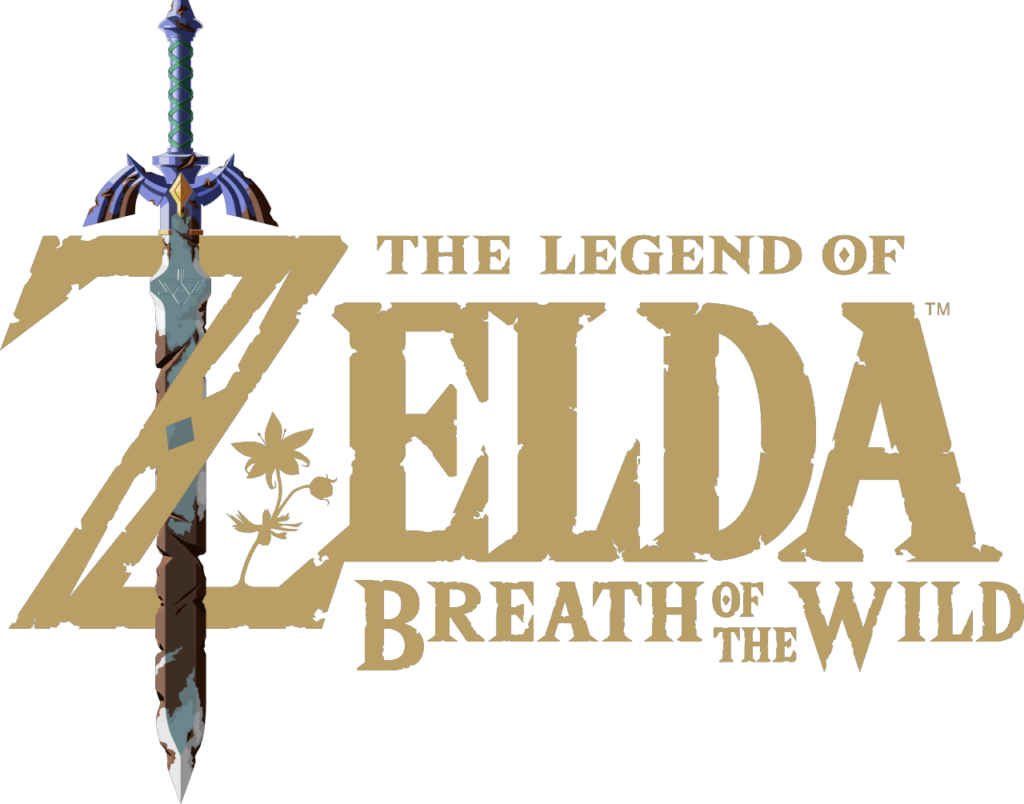
Simply elegant, somehow minimalistic, but at the same time wonderfully complex – that’s the best way to describe “The Legend of Zelda: Breath of the Wild.”
Fans of the “Zelda” series will be familiar with the themes and premise of “Breath of the Wild,” but that’s only a fraction of the experience. It’s an intricate adventure full of complexities that piques player curiosity while perfectly balancing non-linear gameplay and pacing. Many of the familiar features from previous “Zelda” games have changed significantly, both fundamentally and mechanically.
Per the usual “Zelda” lore, the young swordsman Link needs to defeat the evil Calamity Ganon and rescue Princess Zelda. Other than that, the journey is very different from the series’ past. Link awakens after a century-long slumber to the world of Hyrule ravaged by Ganon’s oppression.
“Breath of the Wild” immediately introduces the player to the basic mechanics of traversal, combat and survival in the game with minimum detail. To traverse the open-world, stamina is introduced to gauge how far Link can run, jump and climb across different structures and landscapes. The player is also given a hang glider, which is perfect for covering long distances from large heights. Link also finds a “Sheikah Slate,” an ancient tablet that can perform things such as mapping the surrounding area, scanning and interacting with objects, pinpointing locations and performing special abilities.
Four main abilities are introduced to the player in the tutorial: Cryonis (the ability to create pillars of ice on any surface of water), Magnesis (the ability to grab and manipulate metallic objects), Stasis (the ability to stop time on a specific object and send it toward something at high velocity) and Remote Bombs that come in two sizes for varied explosive situations.
These abilities all have their individual uses for a variety of scenarios, but as previously mentioned, “Breath of the Wild” is all about minimalism. The player is shown how to perform these abilities, but it’s left up to them to learn how to use them appropriately, encouraging creativity and critical thinking in almost every puzzle.
Link’s equipment falls in that similar vein of minimalism paired with the new survival aspects of “Zelda” in “Breath of the Wild.” In the past, Link is awarded a sword and other equipment after performing certain tasks that are used for the majority of the game.
This time, in “Breath of the Wild,” armor and weapons of all types (swords, axes, spears, bows, shields, etc.) are scavenged across the game world either from enemies, treasures or the environment. Each weapon has its own individual durability, so no piece of equipment is permanent aside from the Sheikah Slate and armor. Armor functions similar to various other RPGs; they can be found in or purchased from certain areas and each set contains special stat or ability bonuses.
Though the durability mechanic is an interesting survival aspect, weapon durability can be unreasonably abysmal in the beginning, which raises the difficulty early in a way that’s hard to justify and forces some grinding before you can get reliable gear.
After exploring the tutorial section of the world, the player is immediately given the ability to explore the vast space of Hyrule at their discretion. The aforementioned survival elements are further expanded upon throughout the rest of the world: the player needs to keep track of the time of day, the unique weather effects for each region, body temperature in hot and cold regions, cooking and eating food to increase Link’s health and the player’s sound when sneaking.
“Breath of the Wild” is the kind of game where you talk to anybody who’s played it, and you’ll never hear the same story twice. Unlike the plague of open-world checklists found in most modern games, “Breath of the Wild” has a world full of substance. It’s hard to articulate every little detail in the game because of how massive the world is.
Shrines littered across Hyrule present puzzles that reward Link with Spirit Orbs to increase strength and stamina. Many characters give side quests of varying commitments that reward currency or better equipment. Monsters and other enemies have outposts all over Hyrule that vary in size and structure, and each encounter can be approached and result in different outcomes. All of this is paired with the main story of defeating Ganon and saving Hyrule.
“Breath of the Wild” has already become one of the most critically-acclaimed games this year, and for good reason. The world of Hyrule is so easy to get engrossed in, and despite very minimal flaws, “Breath of the Wild” is an amazing game worthy of throwing hours upon hours into.
